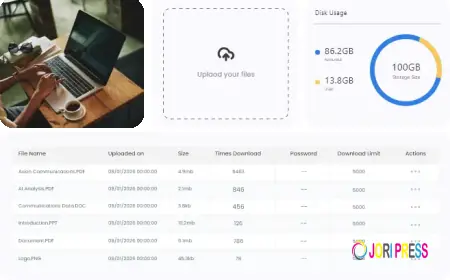Navigating Business Growth: Registration as a VAT Payer Explained

Starting or growing a business often brings new tax responsibilities. One of the most important steps is registration as a VAT payer, which officially makes your business subject to Value Added Tax. Once your revenue or taxable turnover crosses the statutory threshold, you must register within the deadline mandated by the tax authority. Failing to do so can lead to fines, penalties, and loss of input VAT claims.
Why Registration Matters
First, registration as a VAT payer allows you to charge VAT on your sales, enabling you to collect tax from your customers legally. Second, it permits you to reclaim input VAT on business-related purchases — an important cash flow benefit. Third, being a registered VAT payer signals credibility to suppliers, clients, and financial institutions, enhancing your professional standing.
What Triggers Registration
Generally, you must register when your taxable turnover in a rolling period exceeds the threshold set by law. Moreover, even if you’re below the threshold but anticipate growth, voluntary registration as a VAT payer may be beneficial. However, voluntary registration comes with stricter compliance obligations such as regular filings, audits, and record keeping.
Steps to Complete Registration
-
Check eligibility: Confirm whether your turnover or sales mix triggers VAT registration.
-
Gather necessary documents: These may include business registration certificates, identity proofs, banking details, and business addresses.
-
Apply to the tax authority: Use the prescribed form or online portal.
-
Receive a VAT number: Once approved, you get a VAT registration number — you must use this on invoices and tax returns.
-
Update your systems: Adjust your accounting software, invoice templates, and pricing to reflect VAT registration.
-
Communicate to stakeholders: Inform customers, suppliers, and staff about your new VAT status so that billing and compliance are aligned.
Pitfalls to Avoid
-
Delaying registration as a VAT payer beyond the deadline, which may lead to fines or interest charges.
-
Using the wrong effective date of registration — the tax authority expects consistency.
-
Inadequate record-keeping, which undermines your ability to justify input VAT claims in case of audits.
-
Poor system transitions (invoicing, pricing) that lead to invoicing errors or lost revenue.
Tips for Smooth Registration
-
Start early — begin preparing a few months ahead of hitting the threshold.
-
Consult with an accountant or tax adviser who knows VAT rules to avoid traps.
-
Automate your accounting system so that VAT is embedded in your pricing and sales modules.
-
Keep clear records from day one, including purchase invoices, sales invoices, and supporting documents.
-
Reconcile periodically to detect any discrepancies early — don’t leave it to the end of the year.
When Voluntary Registration Makes Sense
Even if your turnover is under the threshold, some businesses prefer registration as a VAT payer because it allows them to reclaim input VAT (especially if your costs are heavily VATed) and improves credibility. But voluntary registration also means you commit to the full compliance burden — so weigh pros and cons carefully.
The Ongoing Responsibilities
Once registered, you will have responsibilities such as issuing VAT‑compliant invoices, filing periodic returns, maintaining VAT accounts, and possibly submitting additional reports. You also must keep track of changes in rates, rules, exemptions, and reverse charge mechanisms as the tax laws evolve.
Final Thoughts
Registration as a VAT payer is a significant milestone for businesses. It opens up opportunities for input tax recovery, compliance legitimacy, and business growth — but also imposes strict obligations in record-keeping, reporting, and accuracy. Approach the process proactively, seek expert guidance if needed, and build robust accounting systems to support your VAT lifecycle. With proper preparation and discipline, the transition becomes part of your growth journey rather than a bureaucratic burden.
What's Your Reaction?
 Like
0
Like
0
 Dislike
0
Dislike
0
 Love
0
Love
0
 Funny
0
Funny
0
 Angry
0
Angry
0
 Sad
0
Sad
0
 Wow
0
Wow
0



















































